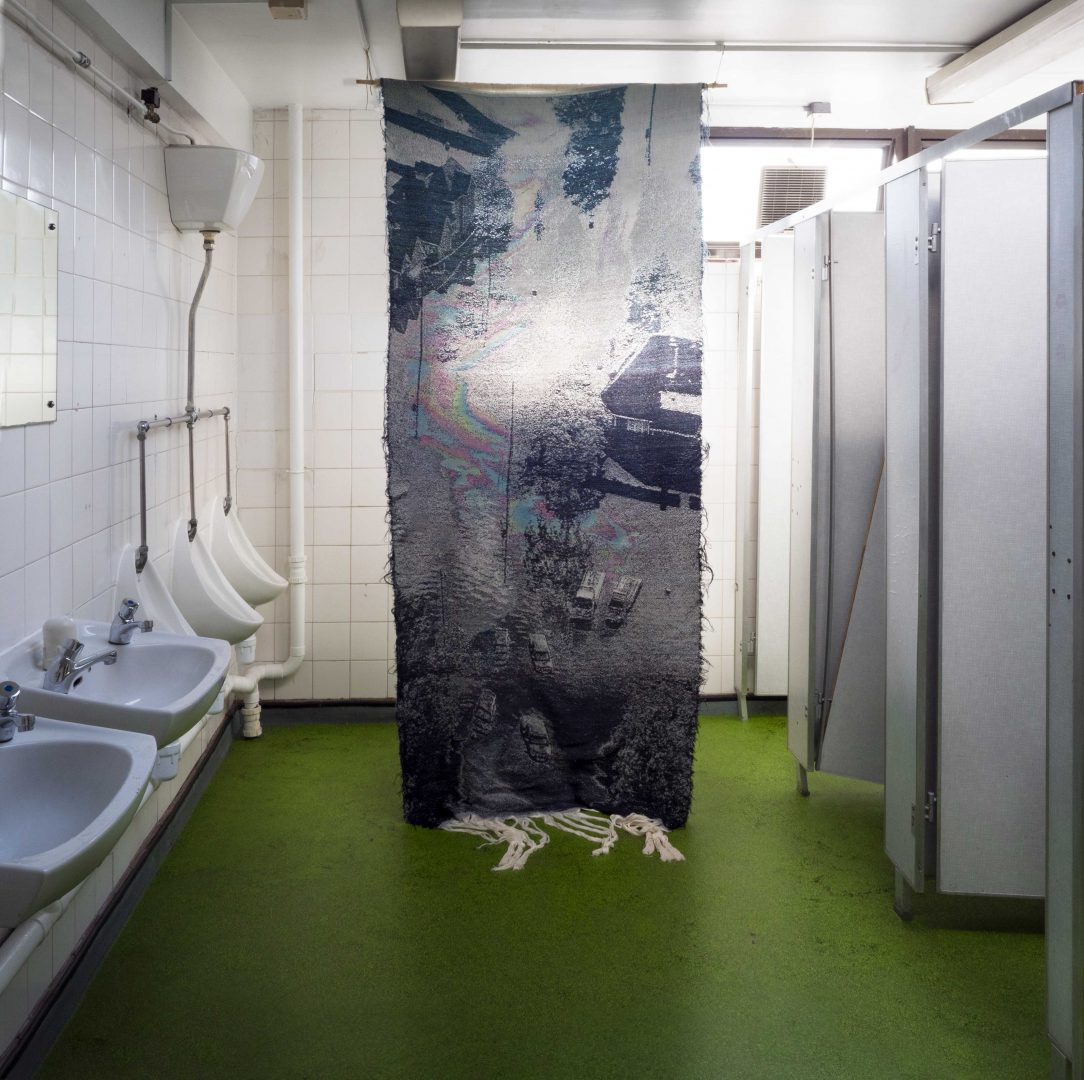The Open Call for the Social Art Award 2019 under the topic “We are the People – Peaceful Revolutions” was closed on December 15, 2019. We are very impressed by 558 submissions that were contributed by artists coming from 65 countries across all continents.
The winners of The Social Art Award 2019 are Narcissa Gold (USA), Melinda Mouzannar (Lebanon) and Bogna Grazyna Jaroslawski (Poland/Germany). The Honorary Mention goes to Kingson Kin Sing Chan (Hong Kong/UK).
Below you find the artworks, that passed the initial jury round. The public voting took place till 30 December and is a tool to give more public visibility to the topic and the artworks. It does not replace the final jury judgment. There were two wildcards for the most voted artworks that entered the final shortlist.
The focus diversity of applications shows that artists are active in the multi-faceted fields of socially engaged art reflecting on wars, genocides, femicides, traumata, violence against refugees, children, women, men, disabled people, LGBTIQs, animals. They share feelings for the planet and its living species, but also showing hopelessness due to complex crises be it climate change (e.g. in regard to water pollution), capitalism, corruption, a violation against human rights, nature, protected national parks. Many of the artists are constantly trying to give a voice to the poorest or empower unheard social groups.
It’s not only about peaceful revolutions, but it’s also about feeling a deep connection and showing love and respect for each other.
Thank you all for sharing your great and inspirational work and look at all the great contributions!
Cenotaph 1
sam Schmitt
open category
Two tapestries, woven by hand but digitally controlled; an audio piece, cobbled together from the odd recordings of the odd effects of extreme cold, in an empty shower room with red:blue LED grow-lighting; a warmly flooded old bathroom with 200 kg of carefully collected and cultivated duckweed for barefoot audiences to slosh through. Cenotaph 1 depicts a flooded street on the with a rainbow oil slick. Cenotaph 2 depicts the aftermath of three different wildfires, three incredibly different places and disasters that look so similar that they easily blend into one. Duckweed is an invasive choking weed that thrives in human disrupted waterways. In 36 hours the tiny leaflets can double themselves but only under the right conditions, loving polluted waterways with excess nutrients that they filter and clean, to create perfect breeding grounds for certain small fish amongst their floating roots. Compelling because they are a species that is neither good nor bad just a natural result of our impact. How can art catalyze change?: Art's effect is subtle, almost only because its gets into us through our emotional affect. This is also it's great strength. Antagonistic rhetoric, and forceful assertions that your opinion is wrong will only make you stubborn and ready to fight back, regardless of the fact that I may be correct. The Arts instead trojan horse their message past that human stubborn refusal. The arts bring us close with something appealing, get you listening to an opinion you may not otherwise hear. This effect is individually impactful, but is subtle and incredibly slow. As we face the speed of the climate crisis, art’s ability to create change is too slow. It is also all I have to give, so I keep adding to the growing conversation in any way I can.
Two tapestries, woven by hand but digitally controlled; an audio piece, cobbled together from the odd recordings of the odd effects of extreme cold, in an empty shower room with red:blue LED grow-lighting; a warmly flooded old bathroom with 200 kg of carefully collected and cultivated duckweed for barefoot audiences to slosh through. Cenotaph 1 depicts a flooded street on the with a rainbow oil slick. Cenotaph 2 depicts the aftermath of three different wildfires, three incredibly different places and disasters that look so similar that they easily blend into one. Duckweed is an invasive choking weed that thrives in human disrupted waterways. In 36 hours the tiny leaflets can double themselves but only under the right conditions, loving polluted waterways with excess nutrients that they filter and clean, to create perfect breeding grounds for certain small fish amongst their floating roots. Compelling because they are a species that is neither good nor bad just a natural result of our impact. How can art catalyze change?: Art's effect is subtle, almost only because its gets into us through our emotional affect. This is also it's great strength. Antagonistic rhetoric, and forceful assertions that your opinion is wrong will only make you stubborn and ready to fight back, regardless of the fact that I may be correct. The Arts instead trojan horse their message past that human stubborn refusal. The arts bring us close with something appealing, get you listening to an opinion you may not otherwise hear. This effect is individually impactful, but is subtle and incredibly slow. As we face the speed of the climate crisis, art’s ability to create change is too slow. It is also all I have to give, so I keep adding to the growing conversation in any way I can.



